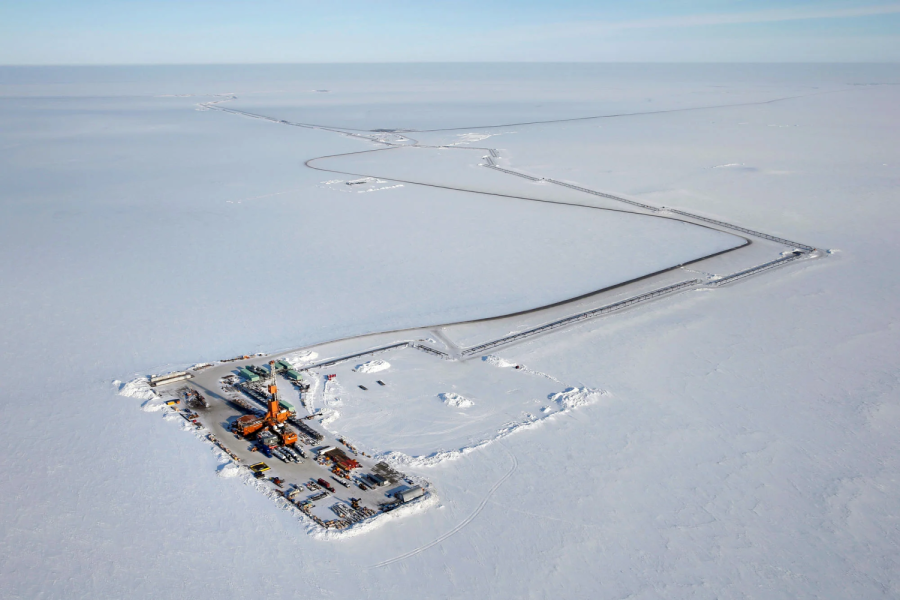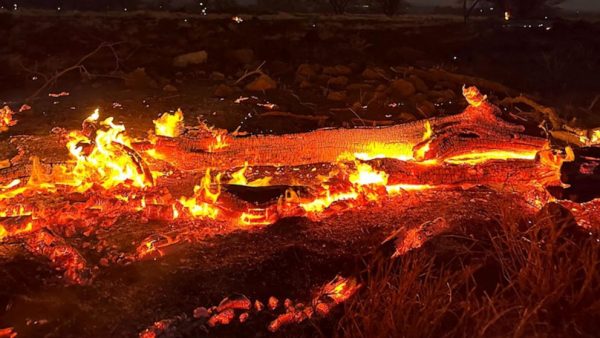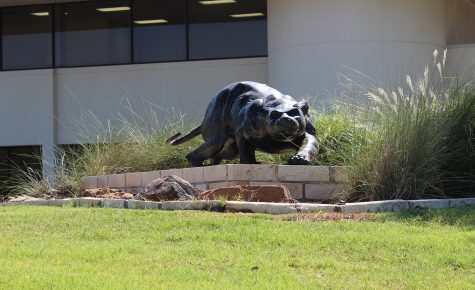Biden’s Approval of Alaska Oil Project Raises Concern with Environmentalists
On March 13, the Biden administration announced its approval of a widespread oil-drilling plan on Alaska’s North Slope in the federally-owned National Petroleum Reserve. Environmentalists and local communities in Alaska responded to the authorization with backlash. The day right after Biden’s administration approved the project, six environmental organizations and Indigenous groups, including the Sierra Club and Trustees for Alaska, filed a lawsuit against the administration; the alliance stated that the project violates several federal laws and poses a massive threat to Alaskan wildlife.
“When the Biden administration approved this project, I was really disheartened,” sophomore Chloe Lee said. “The Willow project is the largest oil extraction proposed on federal land. Even after all of the proposed advancements the Biden administration has made towards environmental justice and climate change, it’s disappointing to see them approving the Willow project.”
In the past few weeks, the Willow Master Development Plan began trending on TikTok and other social media platforms with the hashtag #StopWillow. President Joe Biden’s decision raised questions on his stances to tackle climate change and stirred disapproval among environmentalists and his younger supporters.
“I was really shocked because I thought Biden would disagree with the Willow project especially since Gen Z and so many other people relied on him to make the good decisions during his presidency,” junior Carley Twitty said. “The government should’ve not approved it at all. If they wanted to do something like the Willow project, it should’ve been done in a smaller way where it doesn’t have such a big impact on the environment.”
In January 2017, ConocoPhillips, Alaska’s largest crude oil producer, first announced the Willow Master Development Plan. According to the company, the plan is estimated to provide, at the height of its development, 180,000 barrels of oil per day and approximately 600 million barrels of oil equivalent throughout the project’s lifespan. The Willow project is expected to generate nearly 2,500 construction jobs and 300 permanent jobs. Using estimates from the Bureau of Land Management (BLM), ConocoPhillips also claims that the project could generate $7 billion to $18 billion revenue for the federal government, the state of Alaska, North Slope Borough and local communities.
“It does have some economic benefits, but it can also affect different sectors of indigenous communities,” Lee said. “The project could create jobs and generate revenue for the national economy. Also, we have increased energy independence. However, some negative outcomes of this project are first and foremost the environmental impacts which include pollution, climate change, habitat destruction and possible oil spills.”
According to the final Supplemental Environmental Impact Statement (SEIS) by the BLM, the Willow project could produce approximately 9.2 million metric tons of carbon dioxide a year or around 277 million metric tons of carbon dioxide during its lifetime. Because of these numbers, opponents of the Willow project often refer to the plan as a “carbon bomb.” Other disturbances include the destruction of wetlands: habitat loss for local wildlife, lowered air quality, increased spill risk, and vegetation damage.
“It’s going to really harm the environment in Alaska,” Twitty said. “It’s going to make the permafrost melt which is going to release captured methane and [carbon dioxide] into the atmosphere. Glaciers are also going to melt and the water will start to warm up. It will most likely kill off the fish because they need to either migrate, die or evolve in thirty years or more. It also affects the natives that live in Alaska because the natives rely on the environment and ecosystem around them. If that gets destroyed, what’s left for them?”
While numerous associations and Indigenous societies oppose the development plan, the Willow project gains support from its bipartisan congressional delegation and other local communities. The Voice of the Arctic Iñupiat, a nonprofit corporation that represents 24 different Indigenous communities and corporations, stated that there was a “majority consensus” on the North Slope of Alaska that supports the Willow Project. The organization mentions that if more limits to the project occur that produce less benefits than the ones mentioned in the BLM’s identified Alternative E, support for the project would dwindle and instead become an economic setback for the communities.
“It’s really important to be involved in these policies because they are creating our jobs as young people for the next several decades,” senior Vidur Nangia said. “Although the project won’t start for another several months or maybe even over a year, long-term, it’s still going to affect the air we breathe, the water we drink, and the communities we live in.”














